Riding the Hulahula to the Arctic Ocean: a Guide to 50 Extraordinary Adventures for the Seasoned Traveler edited by Don Mankin and Shannon Stowell is not a typical walk in the park, not by a long shot. Instead, the anthology, published by National Geographic, takes the reader from 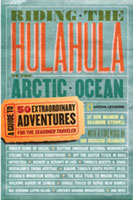 the frozen latitudes of polar ice caps to the desert sands of Tunisia and most everywhere in between to highlight adventures for the active traveler. Since no adventure compendium would be complete without featuring the remote Sierra Madre mountains, Joan Merrick, a contributor to Hulahula and California Native client, reflects on her experience touring Mexico’s Copper Canyon.
the frozen latitudes of polar ice caps to the desert sands of Tunisia and most everywhere in between to highlight adventures for the active traveler. Since no adventure compendium would be complete without featuring the remote Sierra Madre mountains, Joan Merrick, a contributor to Hulahula and California Native client, reflects on her experience touring Mexico’s Copper Canyon.
Merrick, a New Yorker now living in Alaska working as a nurse practitioner, is no stranger to adventure. Her work serving patients of fly-in villages along the Yukon River and Pribilof Islands is thrilling enough that vacations to the bottom of Copper Canyon are the only way she and her husband keep in step with this excitement. “I wanted a destination that offered more than just sand and sun and sweet alcoholic drinks with funny umbrellas,” writes Merrick in her essay. For Merrick, the escorted 11-day Ultimate Tour, arranged by The California Native and guided by Jessica Jerman, proved to be this and much more: “The ride to the bottom of Copper Canyon was breathtaking. . . The information from our tour operator had warned us that the ride was not for the faint of heart, but I had no idea just how hair-raising it would be!”
While safety is paramount on all California Native trips, the nature of travel in this rugged area of Mexico is known to be effective at raising the pulse. Descending approximately 5000 feet while traversing 40 miles of poorly maintained gravel roads without guard rails to protect from the sometimes vertical shoulders is indeed a test of fortitude. However, clients tend to agree with Merrick, feeling vertigo is a small price to pay when they arrive at the town of Batopilas: “The town has 1500 people, one main street, a small sleepy town square, and a sprinkling of businesses, including a sandal maker who uses old tires for soles. . . A small store sells mango ices dusted with chili powder. The town was charming, a step back into the past and well worth a little discomfort and anxiety to get there.” It’s hard to tell these days, but the sleepy town of Batopilas was once the site of the largest silver-mining operation in the world, adding a rich history to this quaint village.
The flagstone of California Native Copper Canyon Adventures rests on the capabilities of guides who accompany guests on deluxe escorted tours. Guides enjoy sharing their knowledge of the area with clients. In many cases, California Native guides have spent time working with charitable organizations in the area and can provide a behind-the-scenes look at the Tarahumara culture. Such is the case with Jessica Jerman, the 27 year old from Wisconsin who facilitated Merrick’s trip. Merrick remarks: “Through Jessica’s efforts, we had the good fortune to visit the home of a Tarahumara weaver. . . Jessica also arranged a dance and game demonstration and took us to the home of a violin maker. These are just two examples of the several times during the trip that Jessica’s language skills and the goodwill that she and the company had built up over the years led to a unique experience.” These personal touches did not go unnoticed by Merrick, who was at first hesitant to group-style travel, but warmed to it when she realized she was in good hands: “These experiences convinced me of the advantages of visiting this area with a guide who has already established personal relationships with these very special people.”
Riding the Hulahula to the Arctic Ocean offers similar accounts from other traveler writers who, like Merrick, are more in their element when hiking the backcountry or interacting with an exotic culture.
The California Native prides itself in developing tours for the active traveler who enjoys creature comforts—even in the most remote locations. For twenty-five years The California Native has led adventurous people to exotic places all over the globe and continues to scout for new destinations off the beaten path.
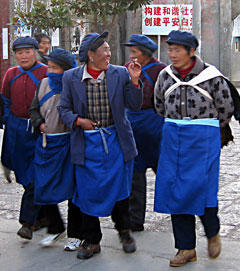



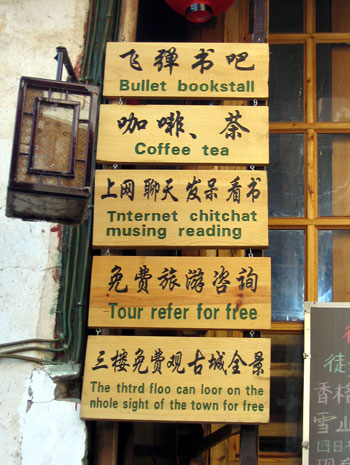
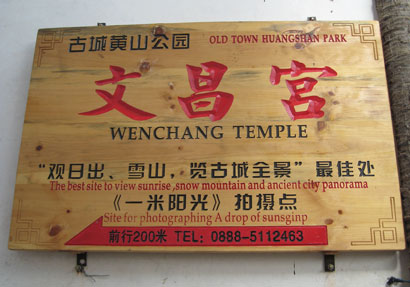

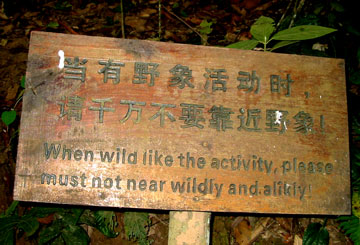
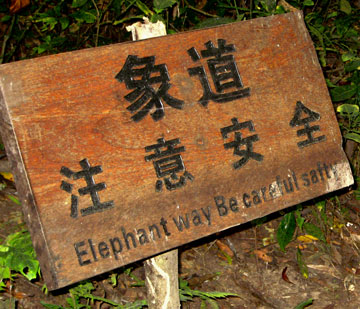

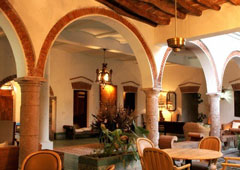
 the frozen latitudes of polar ice caps to the desert sands of Tunisia and most everywhere in between to highlight adventures for the active traveler. Since no adventure compendium would be complete without featuring the remote Sierra Madre mountains, Joan Merrick, a contributor to Hulahula and California Native client, reflects on her experience touring
the frozen latitudes of polar ice caps to the desert sands of Tunisia and most everywhere in between to highlight adventures for the active traveler. Since no adventure compendium would be complete without featuring the remote Sierra Madre mountains, Joan Merrick, a contributor to Hulahula and California Native client, reflects on her experience touring  silver anniversary comes as a proud moment for our company’s founder, Lee Klein, who continues to scout new locations world-wide in search of new destinations for the active traveler. Klein, a graduate from Loyola Marymount University with a MBA in Management spent more than two decades as a corporate manager and college professor until, while climbing Ayer’s Rock in the Australian Outback, he decided to venture into the adventure travel business. As he did, he took to heart the lessons he taught his students on how to succeed in business: “keep it simple, and learn to do it right before adding new products and services.”
silver anniversary comes as a proud moment for our company’s founder, Lee Klein, who continues to scout new locations world-wide in search of new destinations for the active traveler. Klein, a graduate from Loyola Marymount University with a MBA in Management spent more than two decades as a corporate manager and college professor until, while climbing Ayer’s Rock in the Australian Outback, he decided to venture into the adventure travel business. As he did, he took to heart the lessons he taught his students on how to succeed in business: “keep it simple, and learn to do it right before adding new products and services.”